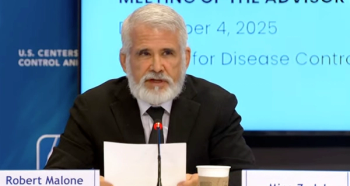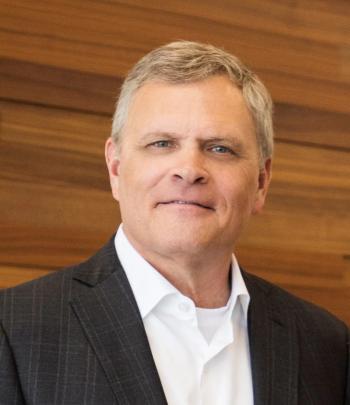
How doctors can help patients understand and cope with health care costs
Educating patients about their payment options produces better health outcomes and bolsters practice revenue
Health care spending in the United States reached $4.5 trillion in 2022, positioning the country to have some of the highest health care costs in the world. Despite the total spend, health care outcomes for U.S. citizens are only on par with, and in many cases worse than our peer nations, where health care costs are about half of what they are in the U.S. Research has shown that patients consistently say
For example, our
For the last seven years, people in the U.S. have consistently answered no more than 50% of the
How might high health care costs affect your practice?
Providers can feel the impact of high health care costs too. When people forgo care, practices may see decreased patient retention/acquisition, revenue cycle unpredictability and problems with staffing. When these issues arise, their effects ripple and compound. For example, effective
How providers can help drive change
Even people working in health care know how difficult it is to navigate the ins and outs of these expenses. Since patients are becoming the new payers, the complexities of health care payments coupled with low financial literacy means they often struggle to save, plan and budget for their health care needs. This knowledge gap does not have to exist, and providers can help fill in the cracks. While care teams should not take the place of professional financial advisors, your staff should be able to comfortably discuss managing costs with your patients.
Financial assistance programs, pre-tax savings accounts and financing plans can all help patients overcome financial barriers to care. These might all seem like obvious options to pursue, but poor financial makes it likely that many patients either are unfamiliar with these options or do not know how to access them. In fact, our Consumer Health care Journey research showed patients feel they have limited options when it comes to paying for their out-of-pocket expenses and say they would seek out more care if better options to pay for this care were available to them.
Because of this, it is a great idea for practice staff and physicians to proactively educate patients. Candid conversations around anticipated costs for care can help build trust between patients and their care teams, improving the overall patient experience. For patients who are looking to the future of their care, raising awareness around health savings accounts and flexible spending accounts might encourage them to reach out to their employers to learn more about setting up these accounts and what contribution matching, if any, is available to them.
Another helpful resource could be including phone numbers for insurance companies’ customer assistance lines or links to state and federal assistance programs on patient portals and alongside patient bills. Discussions around in-house and third-party financing are also important but should only be raised after all other options have been thoroughly explored.
All around, it is beneficial both to patients and practitioners to have greater access to payment options. For example, third-party partners can offer financing options aimed at helping reduce payment burdens as an alternative to in-house plans for practices that do not offer their own, or for patients looking for greater flexibility.
As health care access in the U.S. grows more complex, it is crucial that we provide avenues for people to pursue their health care without having to make sacrifices elsewhere.
Beto Casellas is executive vice president and CEO of health & wellness at
Newsletter
Stay informed and empowered with Medical Economics enewsletter, delivering expert insights, financial strategies, practice management tips and technology trends — tailored for today’s physicians.















